Don't wanna be here? Send us removal request.
Note
I read them in a nerd voice
are u a guy or a girl
depends
4K notes
·
View notes
Text
I didn't realize there was more than one cat
I drew cats from stardew valley :D

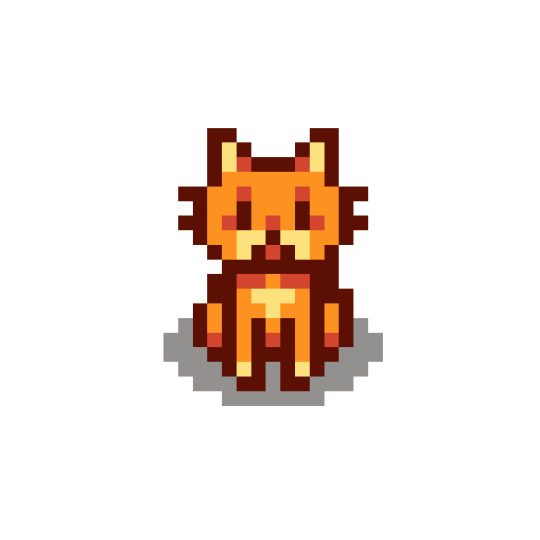
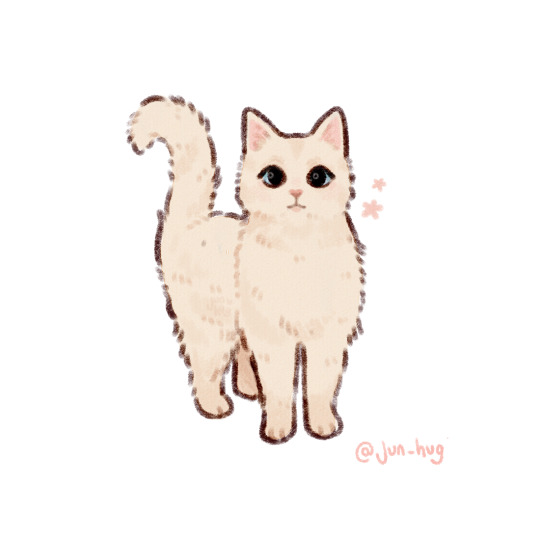

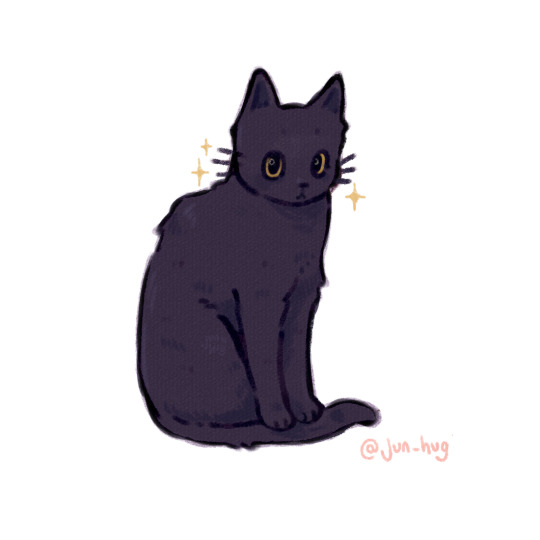
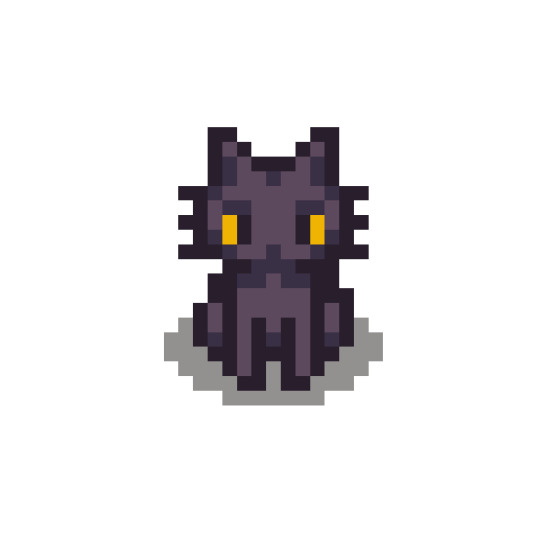

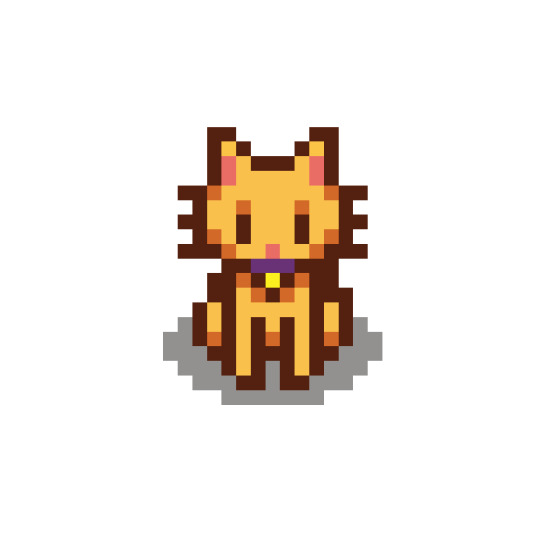


kofi | commissions | instagram
#stardew valley#jun arts#stardew valley cats#cat illustration#stardew valley fanart#stardew fanart#stardew art#stv fanart#artists on tumblr#cat art#character design#art#digital art#cats#cute art#sdv fanart#sdv
144K notes
·
View notes
Text

20 notes
·
View notes
Text

Had a dream where I was good pals with Rayleigh and it was very wholesome
3 notes
·
View notes
Text
History: Uzumaki Pattern
I had a lecture at Heidelberg University yesterday where Prof. Sarai Mai talked about uzumaki patterns in the context of Buddhist wodden sculptures of the early Heian Period in Japan, and I was intrigued instantly. After reading up some more on the topic I’d like to share my newfound knowledge with all the other Naruto fans out there.
Uzumaki is usually written in Hiragana (うずまき), but can also be written with Kanji as 渦巻(き). The first of those Kanji, uzu (渦), means vortex, whirl or maelstrom when read alone. The second, maki (巻), can be both a noun or a verb; the noun meaning scroll, tome or volume and the verb meaning “to roll (up)”. Put together the meaning of uzumaki is spiral, vortex or maelstrom - therefore pretty much along the lines of the first Kanji.The use of said uzumaki as a pattern on vessels, surfaces etc. is called “uzumaki pattern” - easy to remember isn’t it? - in English.
These uzumaki patterns first appeared in Japan in prehistoric times, or more specific the Jōmon Period around 4,000-3,000 BC. They were used as a motif on pottery and also engraved in caves and in/around graves - though note that early Japanese graves were not burried in the ground but piled up as barrows. The uzumaki were typically carved into the stone walls on the outside of those burrial mounds. They were and still are magical motifs in Japan, though what their specific meaning was is unknown.

Uzumaki vanished after the 10th century in Japan. After their frequent use in the early times they became seldom and were used in sculptures only until the Nara Period (710-794) and only near Kyōto. This can be partly explained by them being symbols of Shintō - the belief of deities that is native to Japan - because by the beginning of the Heian Period (794-1115), Buddhism had replaced Shintō as the religion practiced by the influential/wealthy part of the population. Those were the people that sponsored shrines, temples and the manufacturing of important religious objects and hence Buddhist works were produced over of Shintō ones.
Today only few examples of the use of uzumaki patterns beyond prehistoric times can be found. As I mentioned before those are mostly wodden sculptures produced before the end of the 10th century. These sculptures represent a mixture of Shintō and Buddhism elements and beliefs. Below is probably the most noteworthy of those:

Yakushi Nyorai, Jinkō-in, Kyotō, early 9th century, height: 1.2 m
If you look closely (sorry, this is the best picture I could get) you can see uzumaki patterns on the hem of both sleeves and on the left side of the robe. In all those cases the inner and outer cloth swirl around each other and thus create the uzumaki pattern.
In the beginning of the use of uzumaki patterns on sculptures, the whirls were depicted three-dimensional and every realistically. The swirls here are neither, showing that by the early 9th century the usage of the uzumaki pattern was in its final stage. Instead they are graphic and more carving than anything else - though the whole sculpture is made crudely and hints at a rather unskilled artist.
What is so extrodinary about this sculpture is both the unusual amount and placement of the uzumaki. There are four patterns on both sleeves, plus three more on the side of the left leg. It was usual to have 1-3 uzumaki patterns on one sculpture, if there were any to begin with. They were placed at the end of the robe near the feet or on the sleeves or upper sides - places where the swirl of the cloth comes almost naturally.
This is of course just one example, and as I mentioned already these sculptures were produced until the late 10th century. The uzumaki patterns where the only thing they all had in common besides being somewhere between Shintō and Buddhism in their symbolism.
All in all however they had pretty much nothing in common except the fact they had uzumaki and were figures between Shintō and Buddhism. However, many of them were Yakushi Nyorai just like the scultpure above - and Yakushi Nyorai (I spare you the unspeakable Sanskrit name) is the Buddha of Healing.
He vowed twelve vows when the became enlightened (a Buddha). The first of those was “To illuminate countless realms with his radiance, enabling anyone to become a Buddha just like him.”. Anyone else seeing a certain resemblance to a certain blond Uzumaki?
Anyway, that’s all I’ve got. I hope you actually learned something new here, and weren’t merely bored to tears.
[picture 1; picture 2 was provided to me by a professor, please don’t re-use without permission]
24 notes
·
View notes
Text
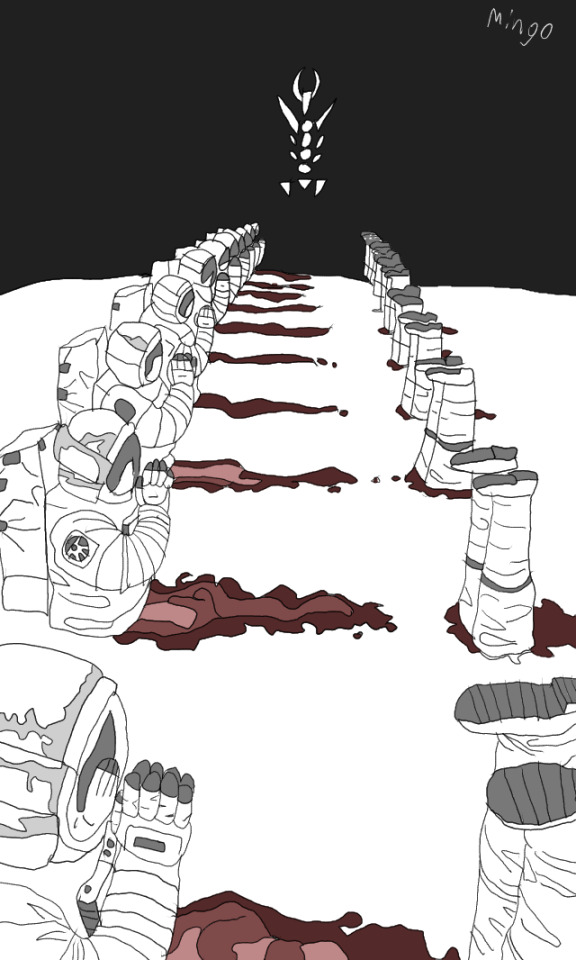
2 notes
·
View notes
Text

6 notes
·
View notes
Text
Currently thinking about how I was an active participant in the gaslighting of Calliope mori
1 note
·
View note
Text

Mama kaneru
0 notes
Text

People when I tell them my favorite vtuber
0 notes
Text

10 notes
·
View notes



